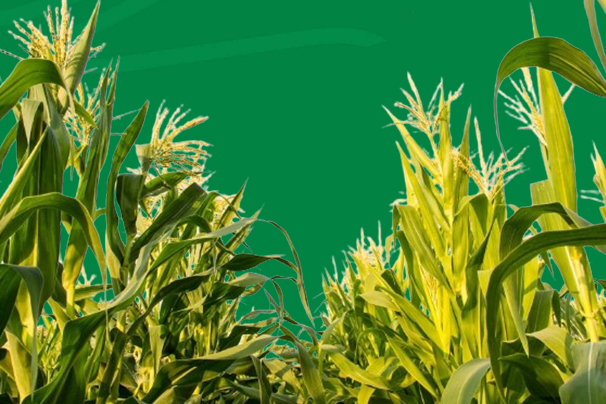Crop-hail insurance is a type of insurance that offers coverage for destruction and damage caused by hail and fire. Mostly purchased by farmers, it is made to protect agricultural products while they are yet to be harvested and still in the field. Crop-hail insurance protects farmers’s livelihoods, who are often at the mercy of various and sudden weather events.

In this policy, hail is singled out because it has a strong ability to destroy a huge part of a planted field, leaving the rest untouched. This Insurance can reimburse farmers for their lost profits as a result of the damage to their crops. And in certain cases, it helps to pay for yield reductions and replanting costs.
How Does It Work?
This insurance protects more than just hail damage; it usually also covers fire. However, this depends on the crop and region, it may include protection against lightning, wind, vandalism, and malicious mischief. However, it doesn’t cover other weather risks like frost, drought, or excess moisture, nor does it cover changes in crop prices.
With this insurance, you choose a specific dollar amount of coverage and can pick options with different deductibles to lower premiums. Coverage is on an acre-by-acre basis, so you can get compensation for damage to just one part of your land, even if the rest of the field is fine.
Being sold on an acre-by-acre basis means you don’t have to insure your entire farm, just the areas you want to protect. Once you finalize the policy for specific acres. Note you cannot transfer your coverage to a different area. Farmers must buy the policy during the growing season, and it needs to be active when at least 50% of the crop has sprouted and before harvest starts. You may also need to show there’s no pre-existing hail damage.
What Does it Not Cover?
This insurance may not offer extra protection against damage from lightning, fire, vandalism, wind, or malicious acts, depending on the crop and location. It also won’t cover crops that already have hail damage.
The policy doesn’t protect against weather issues like excess or insufficient moisture, sudden frost, or any price changes.
Who is Crop Hail Insurance for?
Farmers in the U.S. growing crops like wheat, corn, and soybeans, or those in areas prone to hail, have strong reasons to buy crop-hail insurance. Even areas with low hail risk should consider this insurance, as rates depend on location and crop and are often reasonable.
This insurance is available in all states, with various coverage options and prices. Farmers who rent land or have loans may need crop-hail insurance as part of their rental or loan terms. Getting this insurance mid-season is useful for extra protection during bumper crops or high-value harvests.
How Much Does It Cost?
The price of the policy depends on where you are and what you’re growing. Rates are based on how likely hail damage is in a particular area, using local data on past hail damage. The Federal Crop Insurance Corporation (FCIC) provides multiple-peril crop insurance (MPCI) that offers premium subsidies for eligible farmers and reinsurance for companies selling federal MPCI policies.
This type of insurance covers more risks, but you need to sign up before planting season. Application deadlines vary depending on the crop and county. Many farmers use both crop-hail insurance and MPCI insurance to protect their harvests and manage different risks.
Crop-Hail Insurance vs. Crop Insurance
Crop-hail insurance and crop insurance might sound similar, but they’re different.
In the U.S., farmers can get crop insurance from the Federal Crop Insurance Corporation (FCIC), a government program. This type of insurance, called Multiple Peril Crop Insurance (MPCI), protects against losses from various natural causes like drought and disease and even changes in farm commodity prices. While private insurers handle the policies, the FCIC sets rates and helps subsidize premiums.
On the other hand, crop-hail insurance is private and not part of the federal program. It covers losses from specific events, like hail damage, similar to how flood insurance works for floods. Farmers can have both MPCI and crop-hail insurance since they cover different kinds of losses.
How to Purchase Crop-Hail Insurance
When picking the best crop-hail insurance policy, there are several things to think about. Whether you go for a private market option or federally backed multiple-peril crop insurance, the time frame for buying coverage during the crop season is restricted.
Talk to a crop insurance expert to explore the different crop-hail policies and coverage options in your area so you can find the right fit for your risk management needs. In developing countries, farmers might also find crop insurance as a type of microinsurance.
